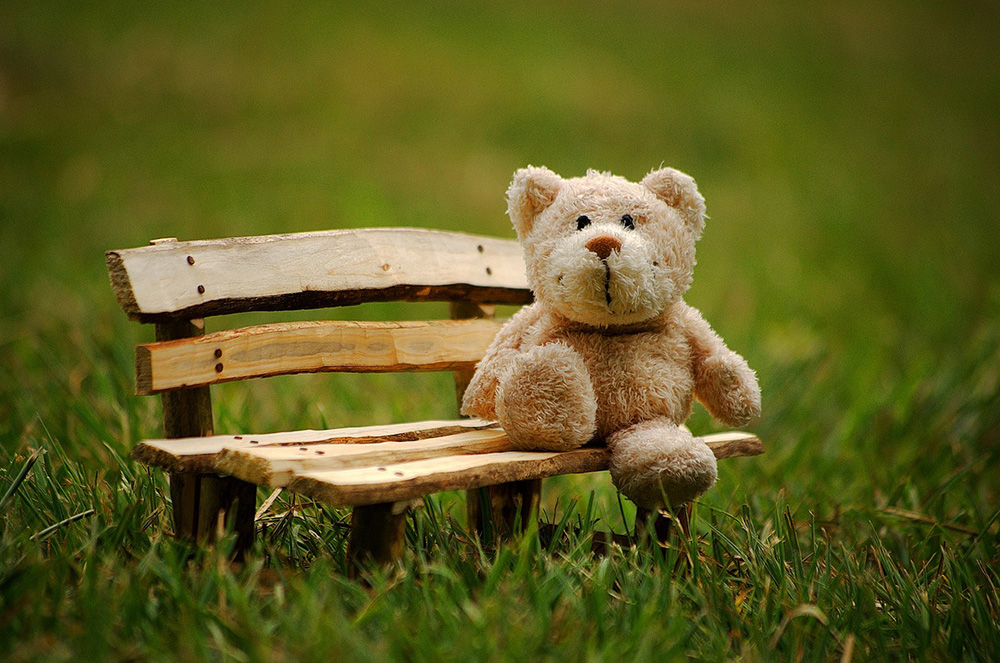Developing vision at playtime
There are some children’s games that call for blindfolds or “not peeking until…” or hiding from sight. Most of the time your child is at play his or her eyes are a part of the action.
You can find a lot of ways to use playtime activities, games and toys to help your child, regardless of age, to learn or sharpen many different vision skills. And it can be done without interfering with the carefree fun and joy of playtime.
How toys and games can help
From the moment of birth, you child is learning to see. He or she progresses from the newborn’s blurry world of light and dark to the school-age child’s sophisticated ability to handle complex vision tasks. Toys, games and playtime activities help by stimulating this process of vision development. Sometimes, though, despite all your efforts, your child may still miss a step in vision development.
That is why comprehensive optometric care beginning as early as 6 months of age is so important. Your doctor of optometry can identify vision skill areas in need of attention and diagnose vision problems in their early stages, before they have a chance to interfere with your child’s total development or learning ability.
He or she may prescribe glasses or vision therapy or suggest specific activities or toys you can use at home to help with your child’s problems.
Toy-buying tips
Inexpensive homemade toys and simple childhood games can be just as effective as purchased toys in helping children develop and improve their vision skills.
When buying toys, select those that are well-made and appropriate to the child’s age and level of maturity. Manufacturers often give suggested ages for a toy, but, keep the individual child in mind because children develop at different rates.
Buy the proper safety equipment for older children and be certain they wear it when participating in eye hazardous sports and when using chemistry sets, shop tools, BB guns, sleds or other items with potential to cause eye injuries. Most eye injuries suffered by children occur during play or sports activities and can be prevented.
Consider this list
Here is a list of toys and activities that can help your child develop or improve various vision skills.
Those suggested for birth through 5 months of age will help stimulate your baby’s sense of sight.
Those suggested for older age groups will help develop or sharpen your child’s general eye movement skills; eye-hand coordination skills necessary for writing and sports; shape and size discrimination skills needed for reading; and visualization and visual memory skills needed for comprehension and for the ability to visualize abstract things.
Birth Through 5 Months
Toys:
Sturdy crib mobiles and gyms; bright large rattles and rubber squeak toys.
Activities:
Peek-a-boo; patty-cake.
6 Months Through 8 Months
Toys:
Stuffed animals; floating bath toys.
Activities:
Hide-and-Seek with toys; read to child.
9 Months Through 12 Months
Toys:
Sturdy cardboard books; take-apart toys; snap-lock beads; blocks; stacking/nesting toys.
Activities:
Roll a ball back-and-forth; read to child.
One-Year Olds
Toys:
Bright balls; blocks; zippers; rocking horse; riding toys pushed with the feet.
Activities:
Throwing a ball; read to child.
Two-Year Olds
Toys:
Pencils, markers, crayons; bean bag/ring toss games; peg hammering toys; sorting shapes/sizes toys; puzzles; blocks.
Activities:
Read to child; outdoor play; catch.
3 to 6 Years
Toys:
Building toys with large snap-together components; stringing beads; puzzles; pegboards; crayons; finger paint; chalk; modeling clay; simple sewing cards; large balls; match-up-shape toys; tricycle; connect-the-dot games; sticker boots/games.
Activities:
Climbing, running; using balance beam; playground equipment.
7 Years and Older
Toys:
Bicycle; jump ropes; pogo sticks; roller skates; different size and shape balls; target games; more sophisticated building toys; puzzles; remote-controlled toys; timed shape/size sorting games; plastic disks for tossing between players.
Activities:
Active sports; cycling.
This list of toys and activities is not complete. There are many other ways you can aid your child’s vision development and teach him or her good eye safety and vision care habits. Use your creativity and imagination. Computer learning programs and games can be very useful, if available. Also, ask your optometrist to suggest other specific toys and activities.
source: “Toys, Games, and Your Child’s Visions” eyecare.org Eyecare.org. Web. April 23rd, 2018.
For more helpful eyecare and vision care tips, please visit our main blog page.

